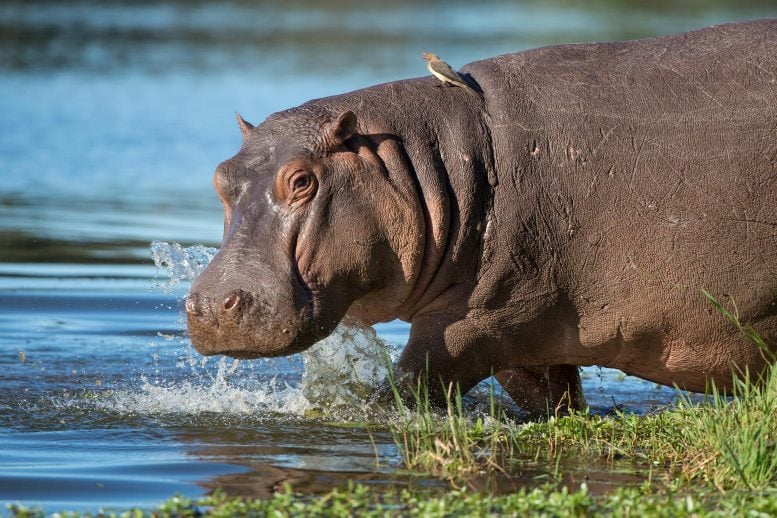
Humans reintroduced species globally, reviving lost ecological traits and countering extinction’s legacy, making the world more like the pre-extinction Late Pleistocene.
Study from international team of researchers, including University of Massachusetts Amherst biologist John Rowan, shows introduced species can restore a lost world.
When cocaine kingpin Pablo Escobar was shot dead in 1993, the four hippos he brought to his private zoo in Colombia were left behind in a pond on his ranch. Since then, their numbers have grown to an estimated 80-100, and the giant herbivores have made their way into the country’s rivers. Scientists and the public alike have viewed Escobar’s hippos as invasive pests that by no rights should run wild on the South American continent.
A new study published in Proceedings of the National Academy of Sciences by an international group of researchers challenges this view. Through a worldwide analysis comparing the ecological traits of introduced herbivores like Escobar’s hippos to those of the past, they reveal that such introductions restore many important traits that have been lost for thousands of years. While human impacts have caused the extinction of several large mammals over the last 100,000 years, humans have since introduced numerous species, inadvertently rewilding many parts of the world such as South America, where giant llamas once roamed, and North America, where the flat-headed peccary could once be found from New York to California.
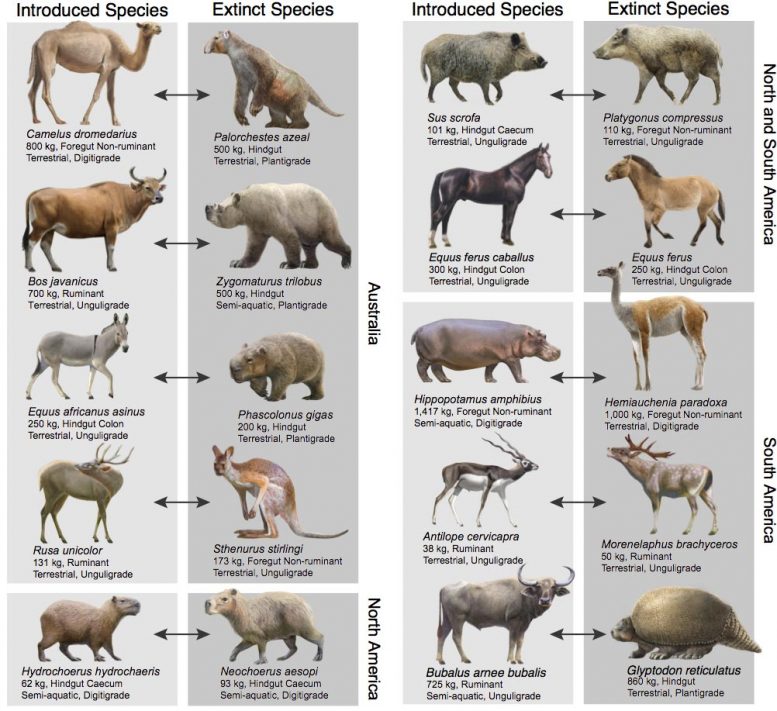
Introduced herbivores share many key ecological traits with extinct species across the world. Credit: Graphic courtesy of University of Kansas/Oscar Sanisidro
“While we found that some introduced herbivores are perfect ecological matches for extinct ones, in others cases the introduced species represents a mix of traits seen in extinct species,” says study co-author John Rowan, Darwin Fellow in organismic and evolutionary biology at the University of Massachusetts Amherst. “For example, the feral hippos in South America are similar in diet and body size to extinct giant llamas, while a bizarre type of extinct mammal – a notoungulate – shares with hippos large size and semiaquatic habitats. So, while hippos don’t perfectly replace any one extinct species, they restore parts of important ecologies across several species.”
Rowan was part of an international team of conservation biologists and ecologists from The University of Technology Sydney (UTS) in Australia, the University of Kansas and the University of California Davis and the Natural History Museum of Los Angeles County in the U.S., the University of Sussex in the U.K., the Universidad de Alcalá in Spain and Aarhus University in Denmark.
The authors note that what most conservation biologists and ecologists think of as the modern ‘natural’ world is very different than it was for the last 45 million years. Even recently, rhino-sized wombat-relatives called diprotodons, tank-like armored glyptodons and two-story tall sloths ruled the world. These giant herbivores began their evolutionary rise not long after the demise of the dinosaurs, but were abruptly driven extinct beginning around 100,000 years ago, most likely due to hunting and other pressures from our Late Pleistocene ancestors.
The researchers found that by introducing species across the world, humans restored lost ecological traits to many ecosystems; making the world more similar to the pre-extinction Late Pleistocene and counteracting a legacy of extinctions.
Erick Lundgren, lead author and Ph.D. student at the UTS Centre for Compassionate Conservation (CfCC), says the possibility that introduced herbivores might restore lost ecological functions had been suggested but not “rigorously evaluated.”
To this end, the authors compared key ecological traits of herbivore species from before the Late Pleistocene extinctions to the present day, such as body size, diet and habitat.
“This allowed us to compare species that are not necessarily closely related to each other, but are similar in terms of how they affect ecosystems,” Lundgren said. “By doing this, we could quantify the extent to which introduced species make the world more similar or dissimilar to the pre-extinction past. Amazingly they make the world more similar.”
This is largely because 64% of introduced herbivores are more similar to extinct species than to local native species. These introduced ‘surrogates’ for extinct species include evolutionary close species in some places, like mustangs (wild horses) in North America, where pre-domestic horses of the same species lived but were driven extinct.
“Many people are concerned about feral horses and donkeys in the American southwest, because they aren’t known from the continent in historic times,” Rowan says. “But this view overlooks the fact that horses had been present in North America for over 50 million years – all major milestones of their evolution, including their origin, takes place here. They only disappeared a few thousand years ago because of humans, meaning the North American ecosystems they have since been reintroduced to had coevolved with horses for millions of years.”
“We usually think of nature as defined by the short period of time for which we have recorded history but this is already long after strong and pervasive human influences,” said senior author Arian Wallach from UTS CfCC. “Broadening our perspective to include the more evolutionarily relevant past lets us ask more nuanced questions about introduced species and how they affect the world.”
When looking beyond the past few hundred years – to a time before widespread human-caused pre-historic extinctions – introduced herbivores make the world more similar to the pre-extinction past, bringing with them broader biodiversity benefits, the authors conclude.
Reference: “Introduced herbivores restore Late Pleistocene ecological functions” by Erick J. Lundgren, Daniel Ramp, John Rowan, Owen Middleton, Simon D. Schowanek, Oscar Sanisidro, Scott P. Carroll, Matt Davis, Christopher J. Sandom, Jens-Christian Svenning and Arian D. Wallach, 23 March 2020, Proceedings of the National Academy of Sciences.
DOI: 10.1073/pnas.1915769117

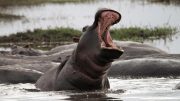

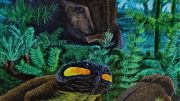
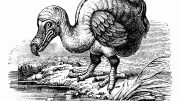
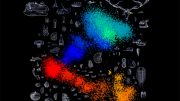

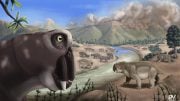
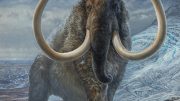
Be the first to comment on "How Pablo Escobar’s Hippos Can Counteract a Legacy of Extinctions and Restore a Lost World"